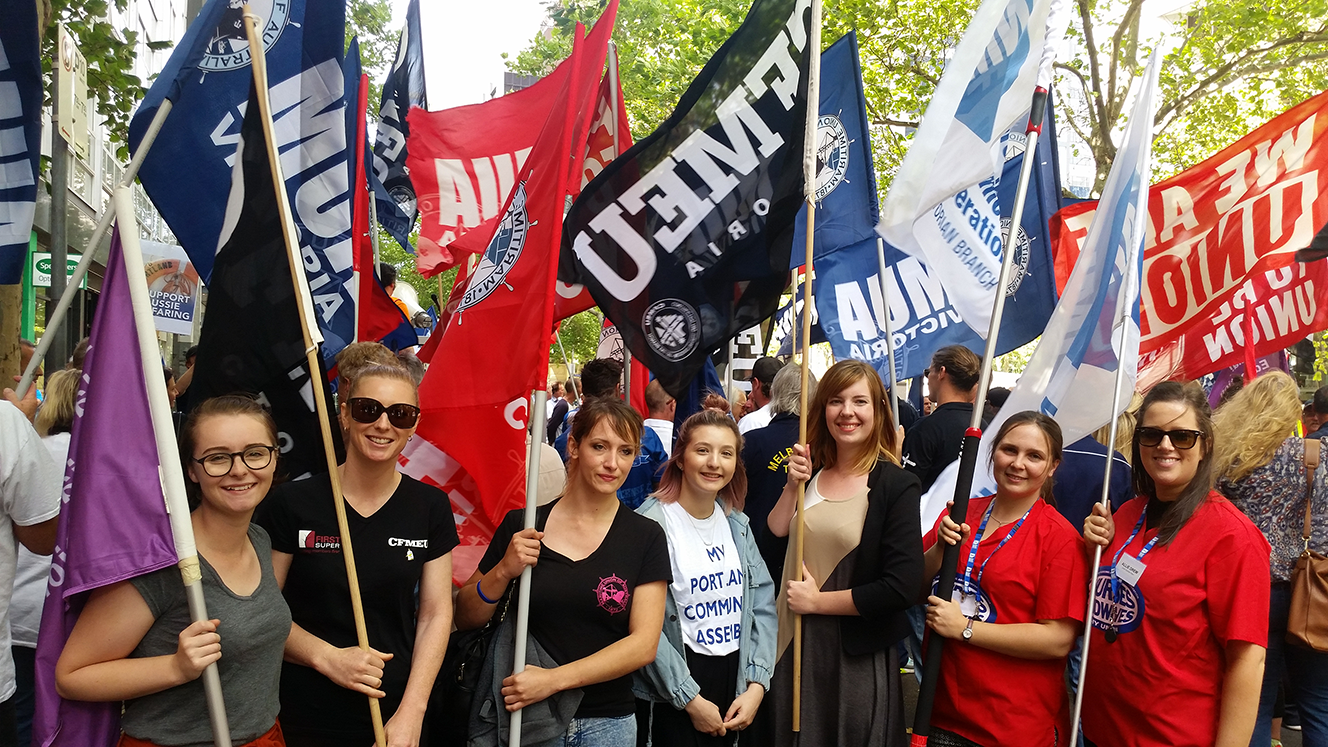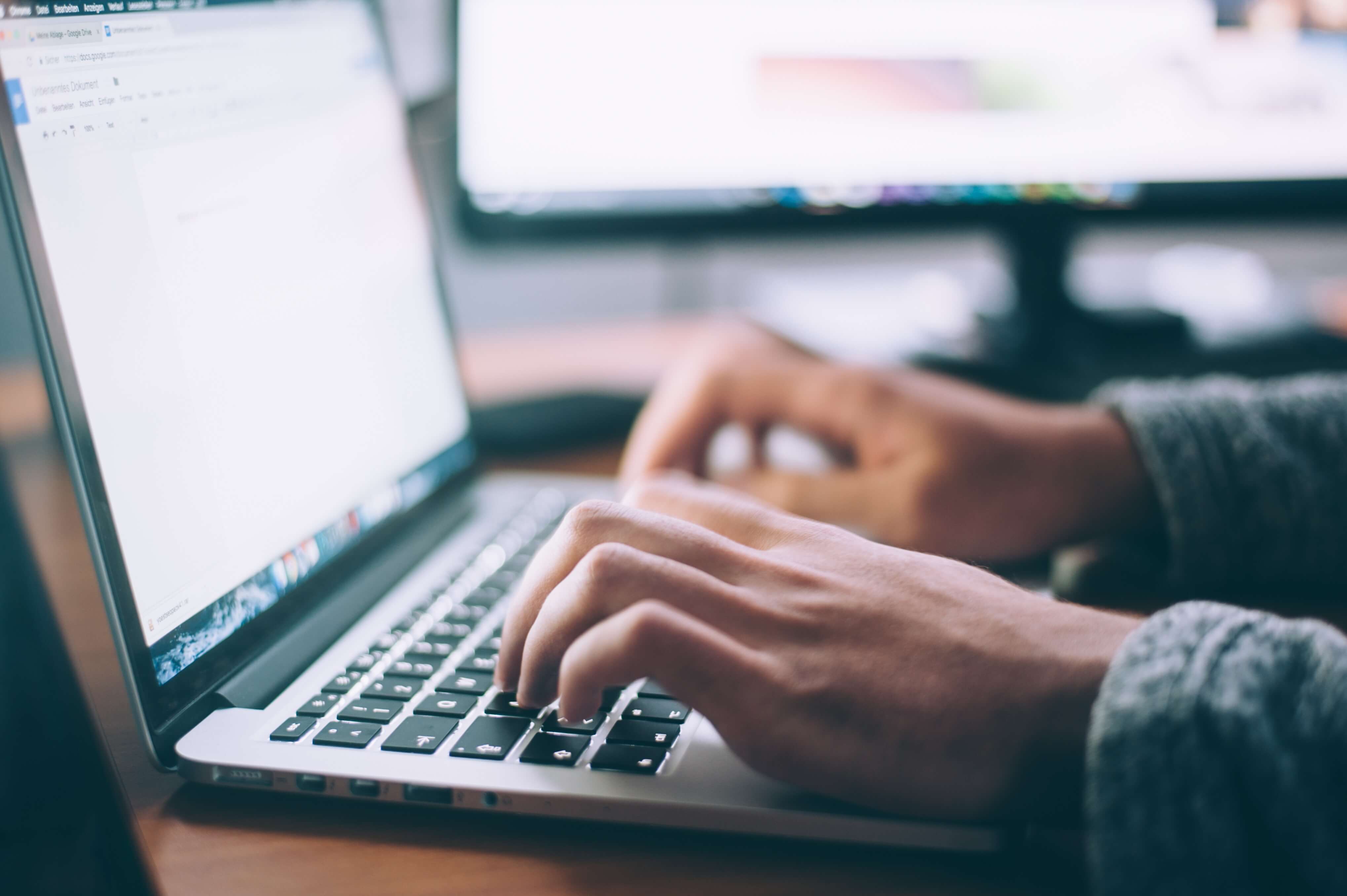
Nicole Allan
The FUCHSIA Cohort study
In 2021, the La Trobe University School of Nursing and Midwifery conducted a study called The FUCHSIA study: Future proofing the midwifery workforce in Victoria. The aim of the study was to gather accurate, up-to-date evidence regarding the health and wellbeing of the Victorian midwifery workforce, and its sustainability.
The results of this study, titled The FUCHSIA Report 2021, were released in 2022.
The initial study was conducted without funding. In August 2023, ANMF (Vic Branch) executive approved a contribution to support the longitudinal continuation of this important work through to 2026, which will help us to understand workforce wellbeing and retention over time – and, significantly, to plan to improve it.
This kind of important work can often seem intangible, especially as it takes time. But to achieve change we need hard data. I believe this work will make a critical contribution towards identifying factors that could increase the retention of midwives in the Victorian maternity sector, and in turn, increase sustainability of the workforce.
The longitudinal study is called the FUCHSIA Cohort Study and it is following a cohort of midwives and midwifery students who participated in the original study in 2021. They will answer an online survey annually until 2025.
At the midway point, it’s still a bit too early to see larger trends but lead researcher Robyn Matthews tells me that one of the things they’ve noticed between 2021 and 2022 is more midwives in the cohort have moved from permanent to casual employment. ‘This might be a coping mechanism to deal with the stress or the burnout,’ she says ‘and the question we’re then interested in is whether those who become casual then leave. And if so, what might reverse that trend.’
A longitudinal study also allows for the introduction of new questions, informed by earlier data. ‘For instance, the workforce is incredibly part time. So we have introduced a range of financial questions. For example, if they have entered the workforce at a younger age, do they think about what their financial wellbeing will be like when they are 50, after so many years in part-time work?’
As part of ANMF’s funding of The FUCHSIA Cohort study, Robyn and her colleague Professor Della Forster are providing a yearly report to the Branch so that we can see those trends. This will help inform future planning for EBAs, ratios and the like – real-life data that can back up what we are advocating for on behalf of Victoria’s midwives.
Robyn and Della’s ultimate aim for the study aligns with the Branch’s goals: ‘we need to make midwifery a sustainable profession,’ Robyn says.
‘Our research is going to give us insight into more tangible, quantifiable aspects of the workload: for example, what makes it so intense. Then we can work with ANMF on changing that, to make that more sustainable – to reduce burnout, to keep midwives in the profession, to give them clinical pathways, more job satisfaction, more autonomy and, ideally, more money.’
Midwifery workforce initiative trial
Throughout 2023, ANMF (Vic Branch) and Peninsula Health collaborated to trial new midwifery workforce models. The aim was to investigate options to support and retain midwives, to bring midwives back to the bedside, and to reduce workloads.
Among the initiatives trialled were:
- A discharge support midwife: to assist with timely discharge, including performing baby checks, postnatal checks, managing relevant pharmacy requirements and assisting with birth outcome systems (BOS). This position was to support the workload of discharging women in an environment of reduced length of stay and staffing shortfalls. They worked a short shift (five hours), at a time of their choosing, starting no earlier than 7am and finishing no later than 9pm.
- A birth suite/postnatal ward support midwife:to assist with the workload of the birth suite and postnatal units to improve workflow, support for breastfeeding women and post-caesarean care, and reduce delay in induction of labour.
These shifts were outside the traditional 8:8:10 roster cycle and were for those wanting to re-enter the permanent workforceor pick up additional permanent shift/hours. Shifts were in addition to Safe Patient Care Act ratios and domiciliary staffing profiles. They were not required to be replaced in the event of unplanned vacancies.
The discharge support midwife proved to be the most popular shift, followed by the birth suite/postnatal ward support midwife, with the most common shifts being 0800 to 1300 or 1000 to 1500.
ANMF and Peninsula Health are now looking at the possible permanent application of these measures and potential expansion across other maternity services, regional and metropolitan.
Women’s Healthcare Australasia
I’m thrilled to be able to share that ANMF (Vic Branch) is now an associate member of Women’s Healthcare Australasia (WHA). Many of our midwifery members will already know that WHA are a non-profit community of +155 women’s hospitals and maternity units across Australia – and staff/employees of the member services are automatically members and are able to access their resources. ANMF nominated staff will now have access to their online member communities and to join networking groups and attend WHA member-led web conferences and conversations. This access and information will enhance the processes of our advocacy in the maternity sector for our members.




